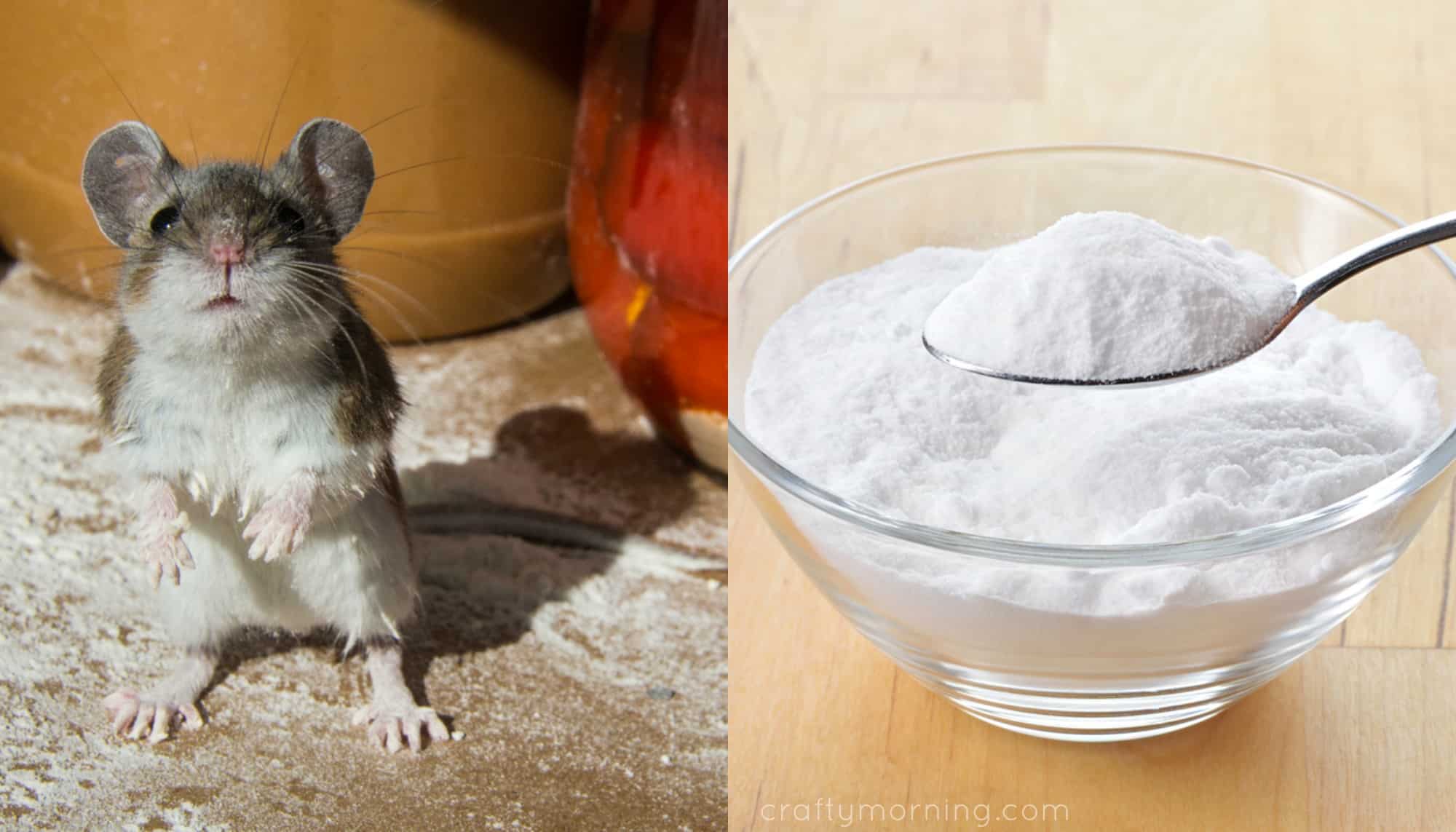Are you dealing with unwelcome mice guests but prefer a kinder, natural approach to keep them at bay? You’re in the right place! Today, I’m thrilled to share with you an effective, eco-friendly solution to deter mice from your home. It’s not just about trapping; it’s also about using the right natural repellents. And the best part? It’s easy, inexpensive, and humane.

Understanding Mice and Their Preferences
Mice are naturally attracted to seeds and nuts, which are their primary food sources in the wild. These foods are rich in protein and fat, which is why they’re so appealing to our little rodent friends. However, there are certain scents that mice find quite unappealing, and that’s where our natural repellent comes in.
Explore effective tips and hacks to keep mice at bay without relying on harsh chemicals or toxins.
Seal Entry Points:
Mice can squeeze through incredibly small openings, so it’s essential to seal any potential entry points around your home. Inspect your property for gaps around doors, windows, pipes, and utility lines. Use steel wool, caulk, or hardware cloth to block off these entryways and prevent mice from gaining access to your living spaces.
Maintain Cleanliness:
A clean home is less inviting to mice, as it eliminates potential food sources and hiding spots. Keep kitchen counters, floors, and pantry shelves free of crumbs and spills. Store food in airtight containers, promptly dispose of garbage, and declutter storage areas to reduce hiding places for mice.

Natural Deterrents:
Incorporate natural deterrents into your pest management strategy to discourage mice from lingering in your home. Peppermint oil, with its strong scent, acts as a potent repellent for rodents. Soak cotton balls in peppermint oil and place them in areas where mice are likely to enter or frequent. Refresh the oil regularly to maintain its effectiveness.
Crafting the Perfect Natural Repellent
Our repellent is a blend of lemon peel, garlic, coffee grounds, cloves, and 9% vinegar. Each of these ingredients is known for their strong scent, which mice tend to avoid. Here’s how you can make this repellent:
Ingredients:
- Lemon peel
- Garlic cloves
- Coffee grounds
- Cloves
- 9% vinegar
Preparation:
- Create a Mixture: Combine lemon peel, crushed garlic cloves, coffee grounds, and cloves in a bowl.
- Add Vinegar: Pour 9% vinegar into the mixture. This acts as a base for the repellent and enhances the scents.
- Let It Infuse: Allow the mixture to infuse for a few hours or overnight to intensify the scents.
- Transfer to a Spray Bottle: Pour the mixture into a spray bottle for easy application.
Usage:
Spray Areas: Spray this mixture around places and openings where mice are likely to enter, such as doorways, windowsills, and any small cracks or holes.
Regular Reapplication: Reapply the mixture regularly to maintain its effectiveness, especially after cleaning the area or after rain.
Use of Natural Predators:
Consider inviting natural predators of mice, such as cats, into your home or yard. Cats are natural hunters and can help control mouse populations by keeping them in check. If you’re unable to have a cat as a pet, encourage local bird species like owls or hawks by providing nesting boxes or perches to help naturally regulate mouse populations in your area.
Humane Traps and Release:
Opt for humane traps to capture mice without causing harm. Place these traps along mouse pathways or near entry points, baited with enticing treats like peanut butter or seeds. Check the traps regularly and release captured mice far away from your home in a suitable outdoor location. Remember to seal off any potential entry points after releasing the mice to prevent their return.
As caretakers of our homes and families, it’s important to prioritize safe and environmentally friendly pest control methods. By implementing these organic strategies, you can effectively keep mice away from your living spaces without compromising the well-being of your loved ones or the ecosystem.
Creating a harmonious living environment free from pests like mice is not only beneficial for your family’s health and safety but also contributes to a more sustainable way of life. With diligence, patience, and a commitment to organic practices, you can enjoy a mouse-free home that promotes peace of mind and tranquility.
Here’s to a pest-free sanctuary where you can thrive and flourish!
Happy mouse-proofing!

